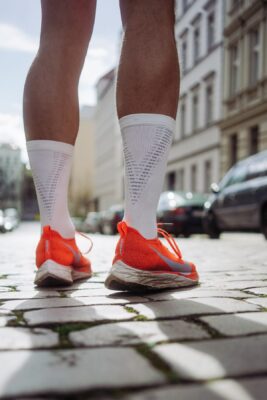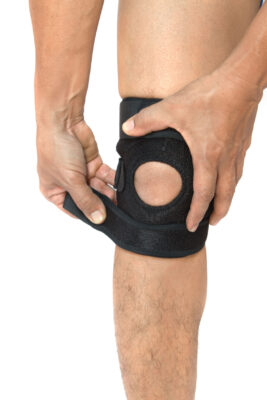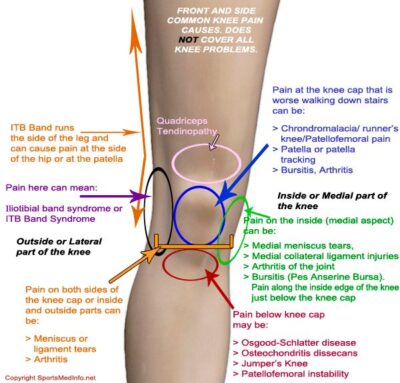Articular Cartilage Damage
By Mr. Sam Rajaratnam FRCS (Tr. & Ortho)
What is Articular Cartilage?
The Articular Cartilage is the smooth white cartilage covering the ends of our bones allowing our joints to move smoothly.
The healthy cartilage in our joints reduces the friction during movement.
The repair process for a damaged articular cartilage can be both surgical and nonsurgical.
Articular Cartilage Damage
Articular cartilage damage is common in the knee joint although many other joints can also be affected.
‘Articular surface lesion’ is the technical term for an injured area that shows up as a torn hole on the surface of the cartilage.
In some cases a piece of cartilage can break off which can lead to bleeding into the joint (hemarthrosis) causing a bruised appearance on the skin, known as an osteochondritis dissecans lesion (OCD).
Cartilage Damage Symptoms
The articular cartilage is a flexible and strong tissue that can commonly cause problems due to injury, wear-and-tear or inflammatory diseases such as rheumatoid arthritis and psoriasis.
Symptoms of articular cartilage damage include:
- joint pain, stiffness or swelling (inflammation)
- a grinding or clicking sensation
- locking of a joint
- catching of a joint
- joint giving way
Causes of Articular Cartilage Damage
There are four main causes of articular cartilage damage which are explained below.
- A common cause of cartilage damage is through injury, where a joint receives a heavy impact, perhaps through a road accident or during a sporting impact. This may or may not be associated with a ligamentous injury to the knee.
- Secondly through wear and tear (osteoarthritis) of the joint, which is an age related progressive loss of surface cartilage. Here the worn down cartilage in the knee causes pain and instability.
- Thirdly through lack of movement. Joints need to have regular motion to maintain healthy cartilage, and inactivity can increase the chance of knee problems.
- Finally through disease. Various inflammatory diseases can cause cartilage damage including secondary osteoarthritis after trauma, ankylosing spondylitis , psoriatic arthritis and rheumatoid arthritis.
Outerbridge classification
Outerbridge classification is a 5 point grading system defining the the breakdown of joint cartilage:
- grade 0: normal
- grade 1: cartilage with softening and swelling
- grade 2: a partial-thickness defect with fissures on the surface that do not reach subchondral bone or exceed 1.5 cm in diameter
- grade 3: fissuring to the level of subchondral bone in an area with a diameter more than 1.5 cm
- grade 4: exposed subchondral bone
Loose Bodies
Fragments of cartilage or bone (usually chunks) inside the cavity of the knee are known as loose bodies.
Loose bodies can commonly get caught within our joints and can cause locking, swelling and substantial pain in the knee.
Repair and Treatment Process
The repair process for a damaged articular cartilage can be both surgical and non-surgical.
Non-surgical treatments include anti-inflammatory medication, injections, physiotherapy and exercise.
Surgical treatments include:
- arthroscopic surgery for the removal of loose bodies
- chondroplasty, which is a mechanical process of the smoothing of a damaged chondral surface and irregularities
- radiofrequency ablation, which is the process of smoothing of hypertrophic fibrillated cartilage
- microfracture, which is a procedure for exposed bone where tiny holes are created on the bone’s surface allowing the bone marrow’s stems cells to repair the area with fibrocartilage
- osteoarticular transfer system (OATS procedure), which is the transfer process of good cartilage to the damaged area (mosaicplasty)
- stem cell procedures, such as MCIC (mesenchymal cell induced chondrogenesis)
You should be able to discuss all of the above options with your surgeon during your consultation.



